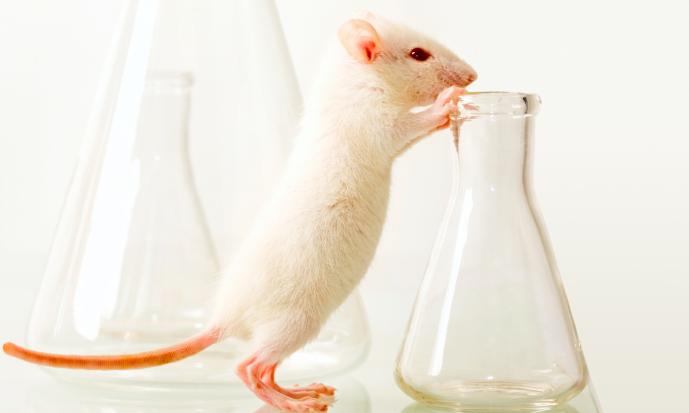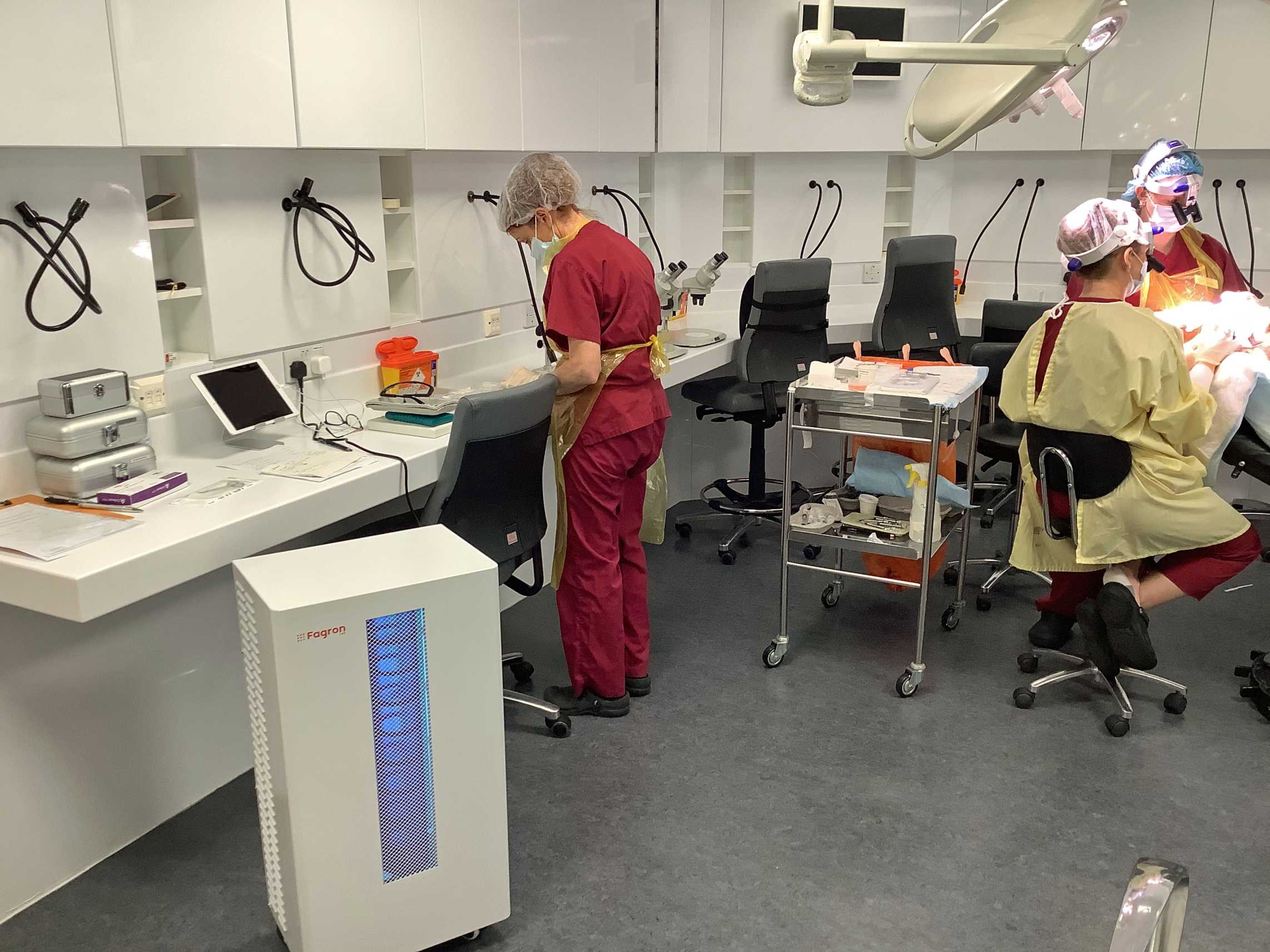
Baldness Breakthrough to be Welcomed with Cautious Optimism
24th October 2013
This week, it’s been hard to ignore the news about what journalists have dubbed a ‘baldness breakthrough’. For those of you who’ve missed it, in a nutshell, scientists have for the first time shown that it’s possible to renew follicles capable of sprouting human hair on human skin.
This study is groundbreaking in the sense that it’s the first time cultured cell hair growth in ‘human skin’ has been published and, although it’s encouraging, it’s important to remember that this is neonatal human skin grafted on to a mouse, so not actually occurring in humans.
The principal of this research is not entirely new; a similar study was performed here in the UK by Intercytex in 2008/9 which I was involved in. In that instance, human cells were implanted onto mice directly and they called the new formations ‘proto hairs’.
We’ve performed studies here at the Farjo Hair Institute, whereby 2D cultured cells were injected into the human scalp. The results weren’t consistent, however, and subsequently, weren’t published.
Similarly, 3D spheroid cultures have been produced in the lab previously at Intercytex. However, hair growth from an injection of stem cells into human skin had yet to be published, until now.
As you may or may not be aware, hair transplants don’t create new hair follicles, they relocate hair that’s not suffering the results of genetic hair loss – usually that around the sides and back of the head – to the affected area. The principles in this research have the potential to make hair restoration possible for men and women who currently aren’t suitable candidates due to a lack of a sufficient amount of donor’s hair.
This research is another promising step to the utopia of unlimited donor hair. However, it’s certainly not a cure for baldness, and creating natural age-appropriate hairlines will almost certainly still need to be done using traditional hair transplant techniques by an appropriately qualified doctor.


